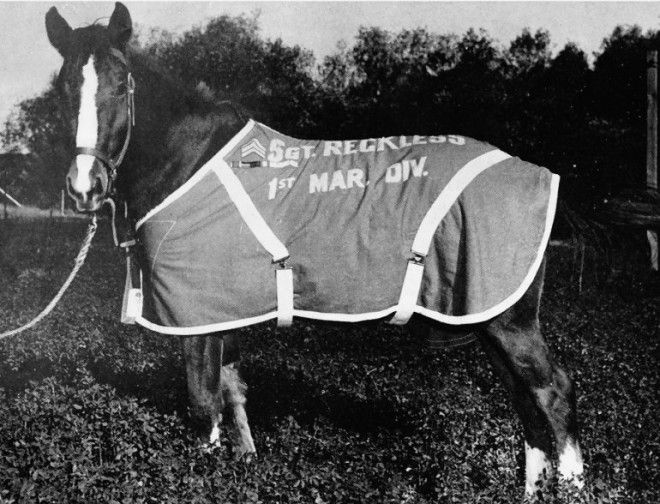10. Bucephalus
The story of Alexander and Bucephalus is a well known one narrating how the young Prince of Macedonia calmed the temperamental horse by moving his shadow away from him. Bucephalus was gifted to Alexander when he was 13 and accompanied him in several battles. Bucephalus died from injuries sustained during the battle of Hydapses in India when Alexander fought the Indian King Porus in 326 BC. Bucephala a town on the banks of the river Jhelum now in modern day Pakistan was built by Alexander in memory of his beloved friend.
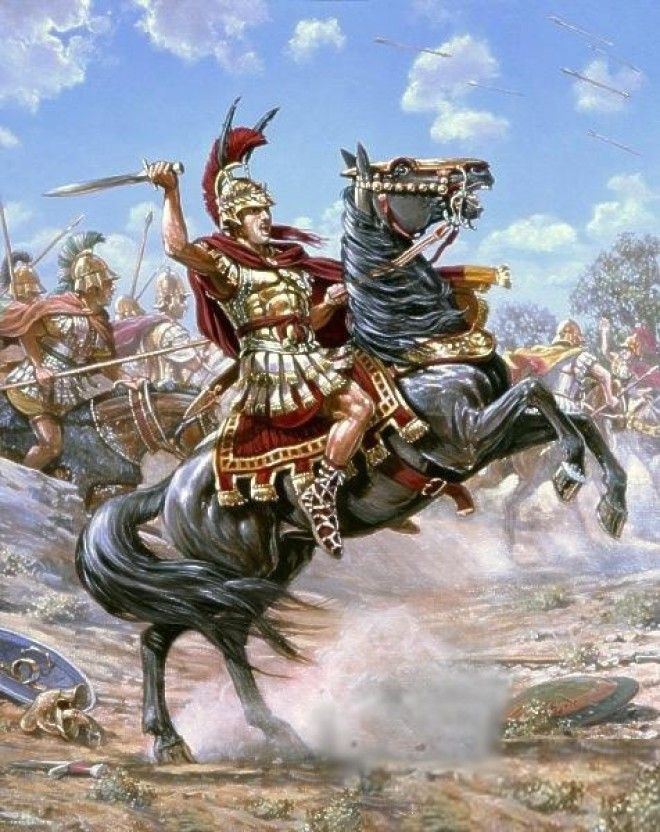
9. Chetak
Chetak belonged to a Rajput King of India Maharana Pratap. The horse, a stallion was injured and killed in the battle of Haldighati fought between Rajputs and Mughals on 21st June 1576. Pratap loved the horse so much he erected a monument to it in an area called Rajsamand district in the Indian state of Rajasthan. Chetak is always referred to as the blue horse in many ballads and poems.

8. Traveller
Traveler was a grey American saddlebred ridden by General Robert E lee the commander of the Confederate army during the American civil war. The horse purchased by Lee in 1862 was reputed for its phenomenal speed, strength and courage. Traveler died in 1871 after falling ill to tetanus and was put down by gunshot as there was no treatment at the time.
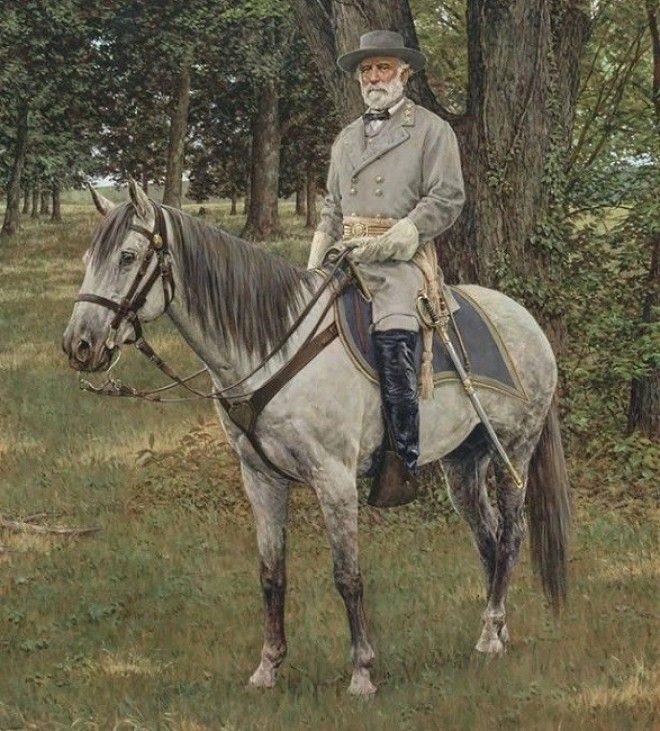
7. Kasztanka
Kasztanka belonged to Marshal Jozef Pilsudski a polish war hero. The horse was a mare whose name meant chestnut in Polish. She was purchased by Pilsudski in 1914 and carried him in several battles during the First World War. Her final ride was on the Polish Independence day on Saxon square, Warsaw on November 11, 1927. She died on November 27th, just 12 days after.
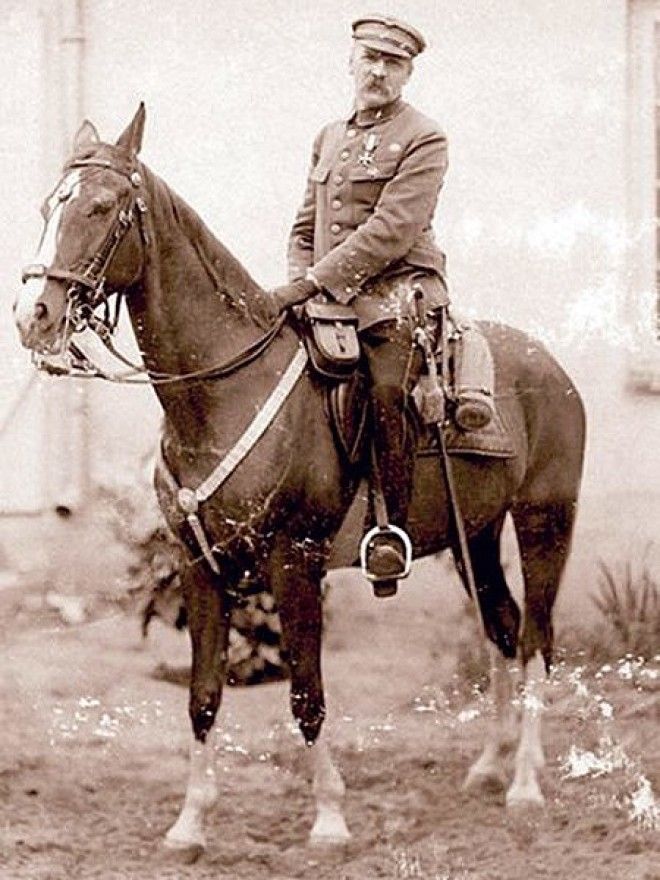
6. Marengo
Perhaps one of the most famous war horses ever, owned by the emperor Napoleon Bonaparte. The Egyptian stallion was named after the battle of Marengo fought between Austria and France. Marengo was ridden by Napoleon in the battle of Waterloo in 1815 where he was defeated by the British. Marengo was captured by an Officer, Lord Petre and was taken to England where he lived till his death in 1831. His skeleton is an exhibit in the National Army Museum at Chelsea.

5. Palomo
The steed of Simon Bolivar, the liberator of Latin America, Palomo was a beautiful tall white horse gifted to Bolivar by a peasant woman named Casilda. Palomo accompanied Bolivar on several campaigns but tragically died while under the care of an army officer. Its horseshoes are on display at the Mulao Museum.
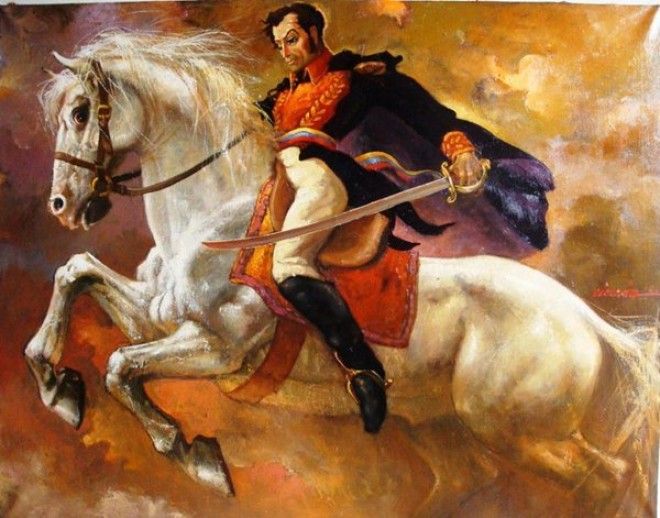
4. Copenhagen
This was the horse of Lord Arthur Wellesley, the Duke of Wellington. Born in 1808, he was named after the second battle of Copenhagen where the British were victorious. He was acquired by Wellington in 1813 who rode him in several military campaigns including the battle

3. Cincinnati
Cincinnati was one of three famous horses owned by the commander of the Union army Ulysses S Grant later the President of the USA. The horse was son of Lexington, one of America’s fastest horses. Cincinnati was gifted to Grant who rode him in a number of battles. As a favorite of the general, he gained an ardent admirer in Abraham Lincoln who also rode him every day. The horse died in 1878 on the farm of Admiral Daniel Anmen in Maryland.
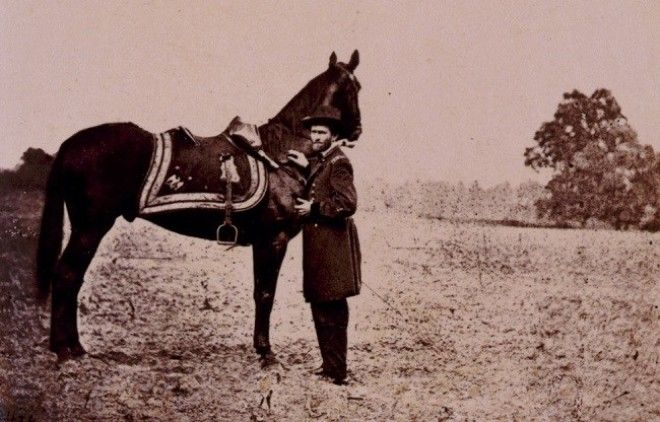
2. Comanche
Named after an Indian tribe, Comanche was ridden by Captain Myles Keogh of the 7th Cavalry. Comanche became famous after courageously carrying Keogh in the battle of Little Big Horn in 1876 despite being wounded. Comanche was the only survivor in the battle in which another famous general was killed making a stand against Indians, General Custer. Comanche died in 1891 and was given a military burial; he was one of the only two horses to receive one.
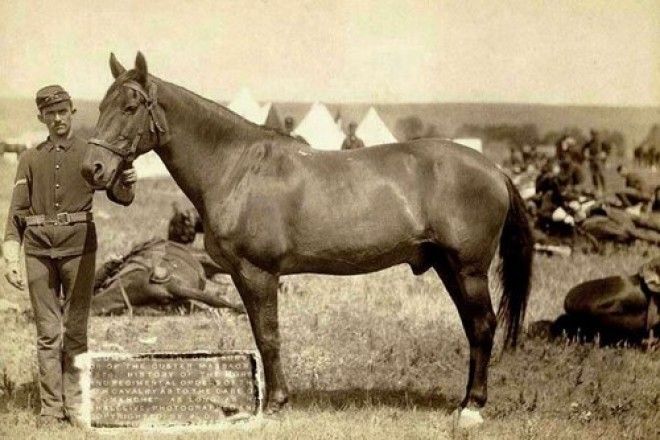
1. Sergeant Reckless
One of the most famous war horses was a mare named Reckless. She was a Mongolian breed purchased in 1952 by the US Marine Corps and was used for carrying supplies and evacuating soldiers during the Korean War. She was extremely intelligent and was known for making solo trips where during the battle for Outpost Vegas n 1953, she carried out 51 solo trips in one single day. She was given the commission of a sergeant in 1954 and subsequently retired. She died in 1968.
